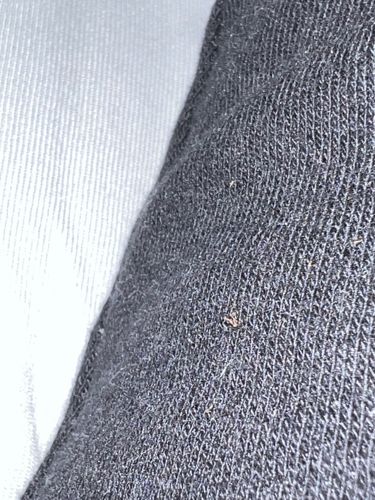Bed Bug
Scientific Name: Cimex lectularius
Order & Family: Hemiptera, Cimicidae
Size: Adults are typically 4-5 mm (0.16-0.20 inches) in length, about the size of an apple seed.

Natural Habitat
Bed bugs typically live in close proximity to human hosts, commonly found in mattresses, bed frames, headboards, and cracks or crevices in walls and furniture. They are also found in hotels, apartments, and other dwellings where people sleep.
Diet & Feeding
Bed bugs are obligate hematophagous insects, meaning they feed exclusively on the blood of warm-blooded animals, primarily humans. They typically feed at night while their hosts are asleep, using a proboscis to pierce the skin and draw blood.
Behavior Patterns
Bed bugs are nocturnal, hiding during the day and emerging at night to feed. They are attracted to carbon dioxide and warmth emitted by their hosts. They are known for their resilience, being able to survive for several months without a blood meal. They do not fly or jump but can crawl quickly. Females lay several eggs per day, typically in secluded spots.
Risks & Benefits
Potential risks include itchy bites that can lead to skin irritation, allergic reactions, and secondary skin infections from scratching. They do not transmit diseases to humans. There are no known benefits to humans or the ecosystem, as they are primarily considered a pest.
Identified on: 10/7/2025